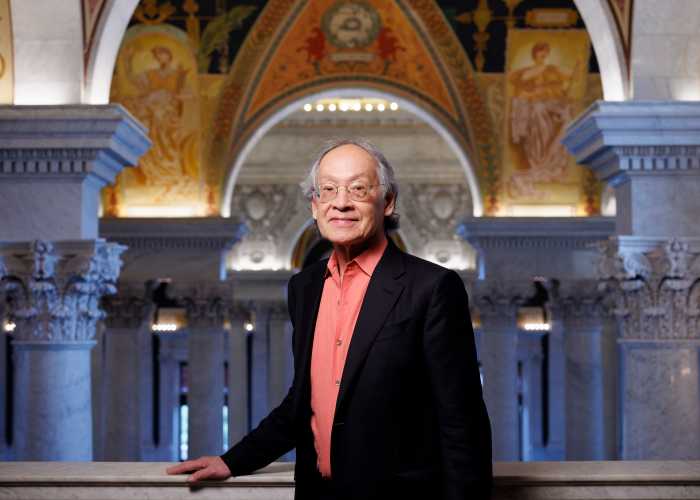By The Greater Astoria Historical Society
Born Virginia Katherine McMath July 16, 1911, in Independence, Mo., Ginger Rogers was a star of stage, screen and television for five decades from the 1930s to the late 1980s. She made a total of 73 films and is still remembered by fans as Fred Astaire’s dancing partner in many productions. Rogers overcame an unhappy childhood to find an outlet for her talent and attain success through changing times.
The future star’s parents, electrical engineer William Eddins McMath and Lela Emogene Owens, separated shortly after young Virginia’s birth. As a little girl, she lived with her grandparents in Kansas City while Lela struggled to build a career as a scriptwriter, at one point even becoming one of the first women to enlist in the U.S. Marine Corps.
Ginger, so named due to the difficulty a cousin had pronouncing her name, moved in with her mother, who was living in Texas with her second husband, John Rogers.
With Lela working as a theater critic for a local newspaper, young Ginger had her exposure to the stage, and she soon caught her first break when a travelling vaudeville act needed a stand-in for a show in Fort Worth.
She settled in New York City, where she sang on the radio and performed in the Broadway musical “Top Speed” in 1929. The stage was now set — theater lights would soon shine and audiences swoon at the name Ginger Rogers.
Soon after her Broadway debut, Rogers was chosen to star in the Gershwin musical “Girl Crazy” alongside a young actress from Astoria by the name of Ethel Merman. Working with Astaire, who helped the dancers with their choreography, Ginger became an overnight star at the age of 19. In 1930, she signed a seven-year contract with Paramount Pictures and went on to make five feature films at Astoria Studios. She lived briefly at that time in Douglaston.
The rising star soon got herself out of the Paramount agreement and headed west for greener pastures. Rogers began making Hollywood movies for Warner Brothers, Monogram, RKO Radio Pictures and Fox. Her early hits included the 1933 films “42nd Street” and “Flying Down to Rio,” which marked her first appearance with Astaire.
The two soon developed a unique chemistry. The pair went on to star in numerous films throughout the 1930s, including “Top Hat,” “Swing Time” and “Shall We Dance,” and were said to be involved romantically. As the decade continued, however, hard economic times took their toll on the entertainment industry. With production costs of musicals higher than those for regular movies, by 1939 it was time for the famed duo to go their separate ways.
As one door closed for Rogers, another was about to open. In the years that followed, her career blossomed, with the silver screen a grand stage for the actress to showcase her talent and considerable versatility. Even as clouds of war gathered, Rogers was a star recognized the world over, appearing in a number of hit dramas and comedies throughout the late 1930s and ’40s.
The former Queens resident also shined in comic roles, gracing the silver screen in the 1941 comedy “Tom, Dick and Harry,” in which she dreamed of marrying three different men, and “The Major and the Minor,” where Rogers’ character passed herself as a 12-year old girl to get a cheap train ticket but is then forced to carry on the masquerade for longer than she had bargained for.
By the early ’40s, Rogers was the highest-paid performer in Hollywood. When she reunited with Astaire in “The Barkleys of Broadway,” however, the sun was already beginning to set on a storied career. As roles for older actresses became scarce, her star was eclipsed by rising young actresses such as Marilyn Monroe.
But she did not go quietly, starring in such productions as the 1950 film “Storm Warning” with Ronald Reagan and Doris Day and the mystery thriller “Tight Spot” opposite Edward G. Robinson before returning to Broadway for “Hello, Dolly!” in 1965.
In the twilight years of her career, the versatile actress remained active by appearing in television series. Rogers died at her winter home in Rancho Mirage, Calif., April 25, 1995, her name still evoking the grace and magic of a bygone era in American film.




































